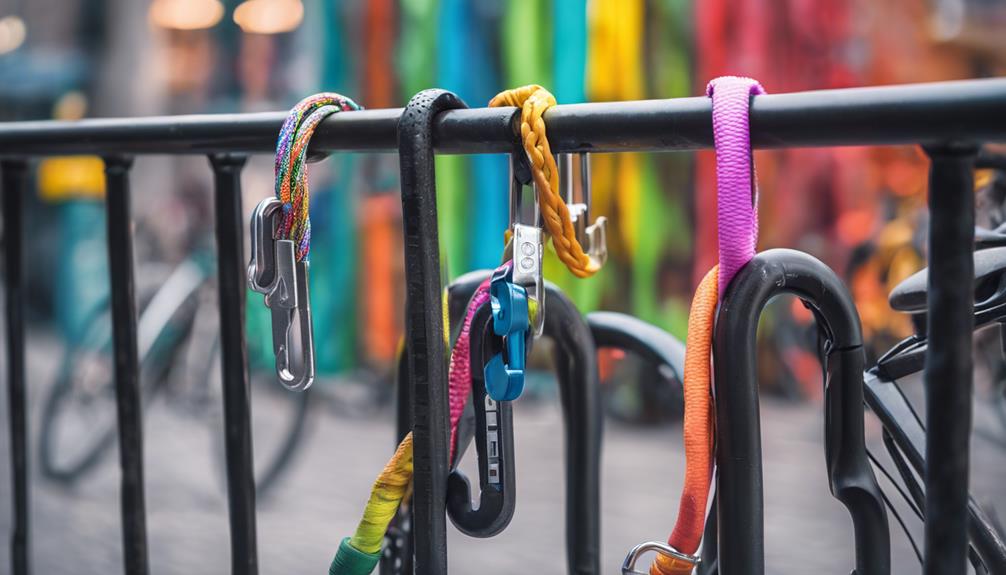In recent years, cycling has surged in popularity, not only as a mode of transportation but also as a recreational activity. Whether you’re considering purchasing your first bike or upgrading your current one, understanding how much a bike costs can help you make an informed decision. This guide will explore various factors influencing bike prices, breaking down the costs associated with different types of bikes, and providing tips on finding the best deals. Let’s dive into the world of cycling and uncover how much a bike might cost you.
The Basics: Understanding Bike Categories
Before we can answer the question “how much does a bike cost?”, it’s essential to understand the different categories of bikes available on the market. Generally, bikes fall into several key categories, including road bikes, mountain bikes, hybrid bikes, and electric bikes. Each category serves a unique purpose and comes with its own price range. For instance, entry-level road bikes can start at around $500, while high-performance models may exceed $10,000. Mountain bikes designed for rugged terrains can range from $300 to over $5,000 depending on features and brand. Knowing what type of bike you need will significantly influence your budget.
Factors Influencing Bike Prices
When considering how much a bike costs, several factors come into play. Firstly, the materials used in the bike’s construction can greatly affect the price. Bikes made from aluminum tend to be more affordable, while those made from carbon fiber are often more expensive due to their lightweight and durable properties. Additionally, brand reputation can influence costs; renowned brands often charge a premium for their products. Furthermore, the bike’s components—such as gears, brakes, and wheels—also impact the overall price. Higher-quality components generally lead to higher costs, but they can also enhance performance and longevity.
New vs. Used Bikes: Cost Considerations
Another critical aspect of determining how much a bike costs is deciding between new and used options. New bikes come with warranties and the latest technology, but they can be significantly pricier. On average, a new entry-level bike may cost around $400 to $800, while mid-range options can range from $800 to $2,000. On the other hand, used bikes can offer substantial savings, often costing 30-50% less than their new counterparts. However, when buying used, it’s crucial to inspect the bike for wear and tear and ensure that all components are in good working order. This decision will ultimately depend on your budget and cycling goals.
Budgeting for Bike Accessories
When considering how much a bike costs, it’s essential to factor in the additional expenses related to bike accessories. These can include helmets, locks, bike lights, and repair kits, which are vital for safety and maintenance. Depending on quality and brand, these accessories can add anywhere from $50 to $300 to your overall budget. Investing in good accessories not only enhances your cycling experience but also ensures your safety on the road. Therefore, when setting your budget, don’t overlook the importance of these additional items.
Seasonal Sales and Discounts: Finding the Best Deals
Timing can play a crucial role in how much a bike costs. Many retailers offer seasonal sales, especially during spring and fall, when cycling demand peaks. Black Friday and end-of-summer clearances can also present excellent opportunities to snag a deal. Moreover, consider subscribing to newsletters from local bike shops or major retailers to receive updates on promotions and discounts. Additionally, online marketplaces and local classifieds can be great resources for finding discounted bikes. By being strategic about when and where you shop, you can significantly reduce your expenses.
The Importance of Testing Before Purchase
Once you’ve determined how much a bike costs and what fits your budget, the next crucial step is to test ride. Many bike shops encourage potential buyers to take their bikes for a spin before making a purchase. This experience allows you to gauge comfort, fit, and overall ride quality. A bike that looks great on paper may not feel right when you’re riding it. Pay attention to how the bike responds to your movements and whether it meets your cycling needs. This step is vital for ensuring you make a worthwhile investment.
Long-Term Costs of Owning a Bike
In addition to the initial purchase price, it’s essential to consider the long-term costs associated with owning a bike. Maintenance, repairs, and occasional upgrades can add to your expenses over time. Regular maintenance, such as tune-ups and tire replacements, can cost anywhere from $50 to $200 annually, depending on usage. Additionally, if you’re an avid cyclist, you might want to invest in upgrades like better tires or a more comfortable saddle down the line. Understanding these potential long-term costs is crucial for ensuring your budget aligns with your cycling lifestyle.
Conclusion: Making an Informed Decision on Bike Costs
In conclusion, the question of how much a bike costs is multifaceted, influenced by factors such as bike category, materials, and additional accessories. By understanding these elements and doing your research, you can make an informed decision that aligns with your budget and cycling needs. Whether you’re opting for a new bike or a used one, being knowledgeable about pricing and potential long-term costs will help you enjoy your cycling journey without breaking the bank. So gear up, explore your options, and get ready to hit the road!
